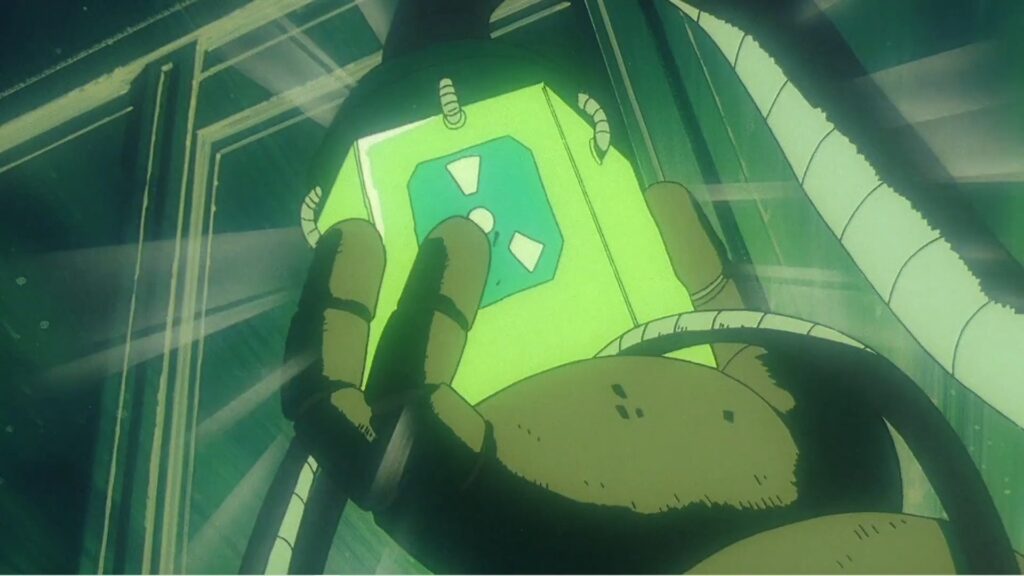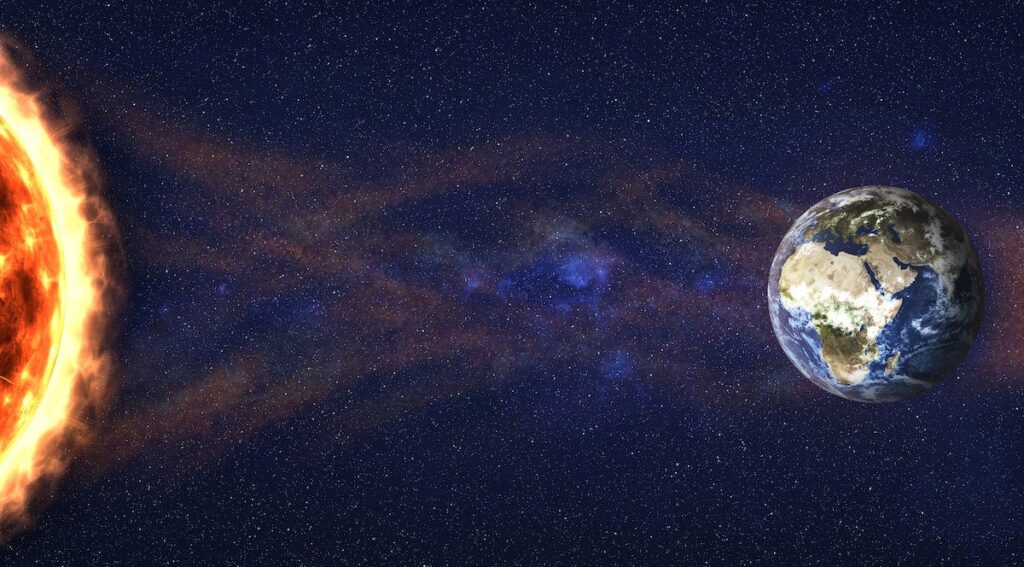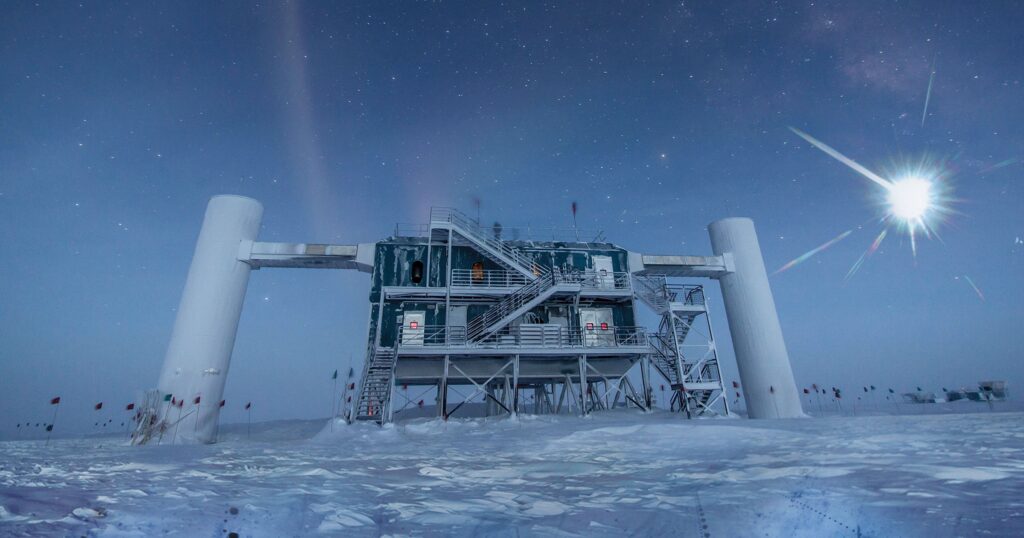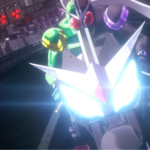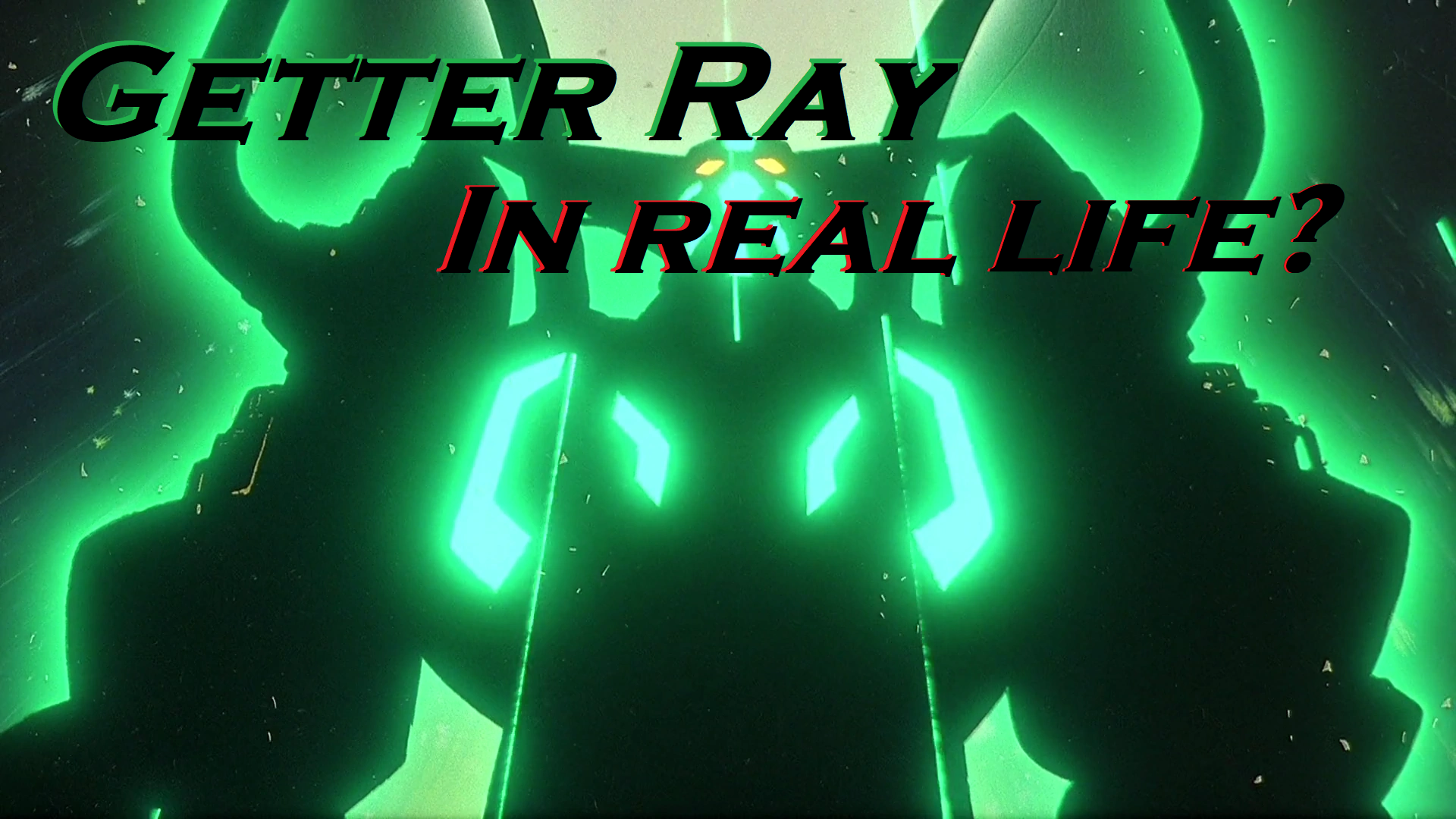
Mecha Discussion: Can Getter Ray technology exist in real life?
The majority of the mecha franchises that exist belong to the sci-fi genre, especially those with giant robots, with some explanations as to how those mecha are powered, moved, and controlled. As such, many mecha series feature fictional technologies that power the robots as well as their weaponries. Some of them clean and revolutionary, some of them are downright dangerous and risky to utilize. Nevertheless, they are thought-provoking and can spark your interest in scientific topics. I’ve made speculating about fictional energy sources and the connection to today’s technology one of my pastimes. And the first technology we’re taking a look at today is one of the earliest introduced in the franchise: Getter Ray reactor.
In the Getter Robo franchise, Getter Ray is a type of cosmic radiation that is prevalent throughout the universe. It bombards the Earth regularly, just like cosmic rays in real life and is depicted to affect the genetic mutation/evolution of living beings. In the Getter Robo series, Dr. Saotome of the Saotome Research Institute developed an engine to harness the power of Getter Rays, called a Getter Ray Reactor, which, in turn, is used to power the transforming Getter Robo series of robots.
Getter Ray is a very powerful source of energy with a profound impact on the environment. It can be outright lethal to some species that cannot stand high concentrations of it in the ambience, such as dinosaurs (yes, the first antagonists in this series are sentient dinosaurs), but is harmless to human beings and the present-day natural environment. However, If a reactor went into a meltdown such as Musashi’s in the beginning of Shin Getter Robo Vs Neo Getter Robo,the resulting explosion can destroy an area the size of New York City. The Getter Ray itself can be used as a direct-energy weapon, this being the famous and powerful Getter Beam, a trademark weapon of all Getter Robos that utilize Getter Ray Reactors. In some cases, it even gave rise to sentience within the Getter Robos themselves, enabling them to act on their own and become a living machine, such as Shin Getter, Shin Getter Dragon in Getter Robo Daikessen, and the terrifying Getter Emperor.
Getter Ray is a very powerful source of energy with a profound impact on the environment. It can be outright lethal to some species that cannot stand high concentrations of it in the ambience, such as dinosaurs (yes, the first antagonists in this series are sentient dinosaurs), but is harmless to human beings and the present-day natural environment. However, If a reactor went into a meltdown such as Musashi’s in the beginning of Shin Getter Robo Vs Neo Getter Robo,the resulting explosion can destroy an area the size of New York City. The Getter Ray itself can be used as a direct-energy weapon, this being the famous and powerful Getter Beam, a trademark weapon of all Getter Robos that utilize Getter Ray Reactors. In some cases, it even gave rise to sentience within the Getter Robos themselves, enabling them to act on their own and become a living machine, such as Shin Getter, Shin Getter Dragon in Getter Robo Daikessen, and the terrifying Getter Emperor.
With more powerful enemies appearing to threaten mankind, the Saotome Research Institute creates a newer, more powerful series of Getter Robos. Starting with Getter Robo G, up to the monstrous Shin Getter Robo, and its successor, Getter Ark. The existence of more powerful Getter Robos also brings mankind closer to the true nature of the Getter Rays, and what its consequences for mankind will be in the future.
That being said, Getter Ray Reactors do not create noticeable byproducts; the robots that run on them do not even generate fumes or pollute the environment under normal operational conditions. It has many parallels to real-life nuclear energy.
That being said, Getter Ray Reactors do not create noticeable byproducts; the robots that run on them do not even generate fumes or pollute the environment under normal operational conditions. It has many parallels to real-life nuclear energy.
In real life, Scientists are researching Neutrino Energy, harnessing the power of cosmic radiation. Scientists Takaaki Kajita and Arthur McDonald in 2015 proved that Neutrinos have mass, and in turn, contains energy. Scientists at UC Berkeley, Sherry Mo et.al, have published the Interplanetary Radiation Harnessing Voltaic System, where a voltaic system is used to generate photovoltaic effect from Neutrinos using a NaI scintillator, a type of radiation detector, in combination with a standard silicon solar panel. And, just like Getter Ray, the Earth and us are constantly being exposed to such radiation
Another cosmic rays-harnessing technology is in early stages of development, where a Neutrino Power Cell built from layers of silicon and carbon will generate resonance when neutrinos hit it,which in turn will be used to generate electricity. Interestingly, unlike solar cells, the process of generating energy does not require sunlight because neutrinos bombard the earth even at night. The Neutrino Energy company in Germany is in the process of developing it. This real-life parallel is certainly less risky and controversial than the fictional Getter Rays (since it doesn’t result in sentient robots that want to dominate the universe for one), although we need to know the levels of energy density from such systems to decide whether it is feasible or not.
Reference 1: https://ulab.berkeley.edu/static/doc/posters/s195.pdf
Reference 2: https://neutrino-energy.com/
Citations:
Kajita (2015) Discovery of Atmospheric Neutrino Oscillations, Institute for Cosmic Ray Research, The University of Tokyo, Japan.
Mo et al.(2019) Interplanetary Radiation Harnessing Voltaic System [online] available at https://ulab.berkeley.edu/static/doc/posters/s195.pdf
By MANSEN
Another cosmic rays-harnessing technology is in early stages of development, where a Neutrino Power Cell built from layers of silicon and carbon will generate resonance when neutrinos hit it,which in turn will be used to generate electricity. Interestingly, unlike solar cells, the process of generating energy does not require sunlight because neutrinos bombard the earth even at night. The Neutrino Energy company in Germany is in the process of developing it. This real-life parallel is certainly less risky and controversial than the fictional Getter Rays (since it doesn’t result in sentient robots that want to dominate the universe for one), although we need to know the levels of energy density from such systems to decide whether it is feasible or not.
Reference 1: https://ulab.berkeley.edu/static/doc/posters/s195.pdf
Reference 2: https://neutrino-energy.com/
Citations:
Kajita (2015) Discovery of Atmospheric Neutrino Oscillations, Institute for Cosmic Ray Research, The University of Tokyo, Japan.
Mo et al.(2019) Interplanetary Radiation Harnessing Voltaic System [online] available at https://ulab.berkeley.edu/static/doc/posters/s195.pdf
By MANSEN
Check out more recommendations:

I am speed! Sports mecha isn’t very common. But when done right, it can deliver a rush just like other mecha series. Join the Immortal Grand Prix for some adrenaline-pumping races!
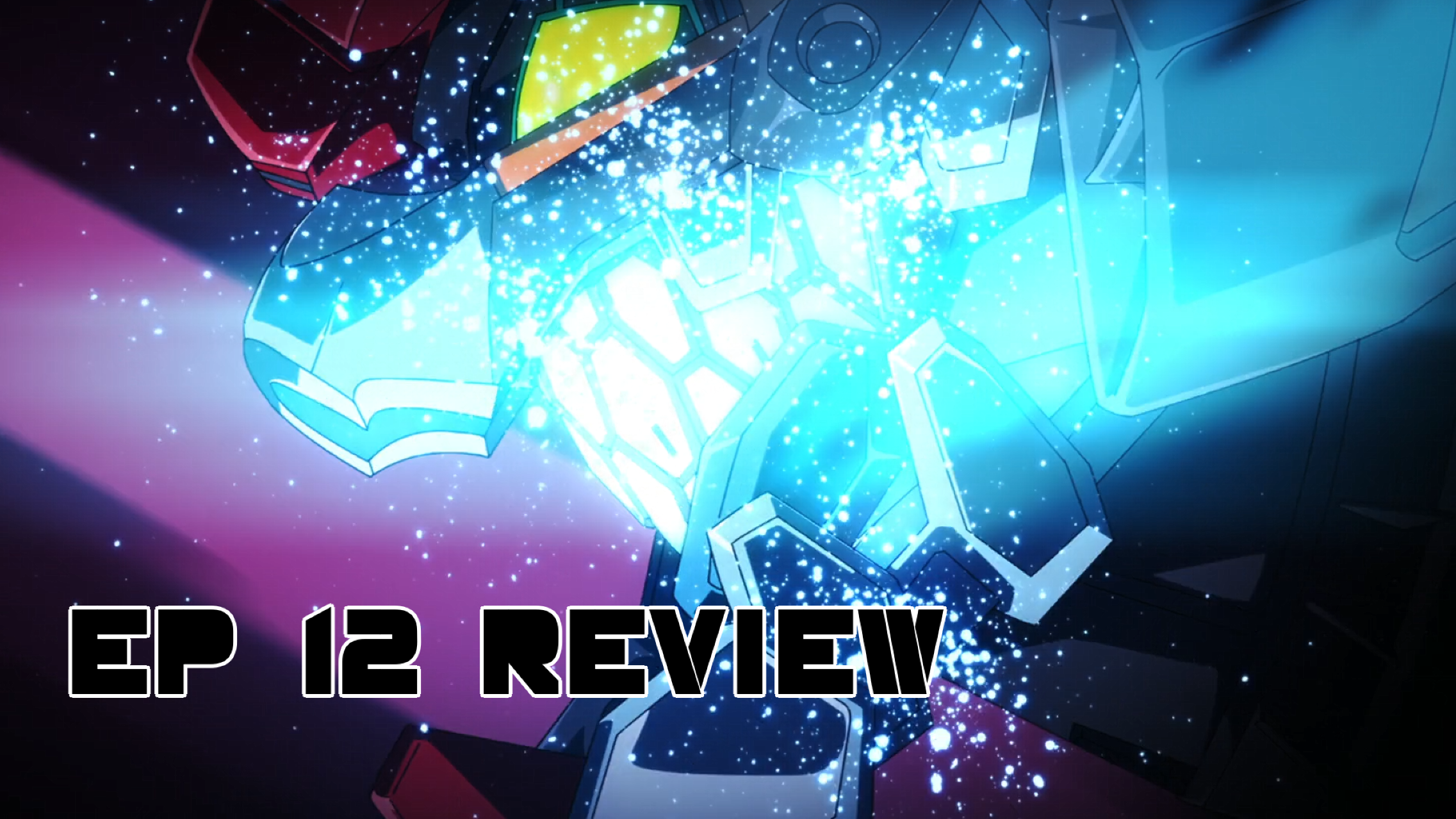
The finale of the multiversal fever dream by Khara. We finally get to see the GQuuuuuuX’s true power, along with the “entity” inside it!
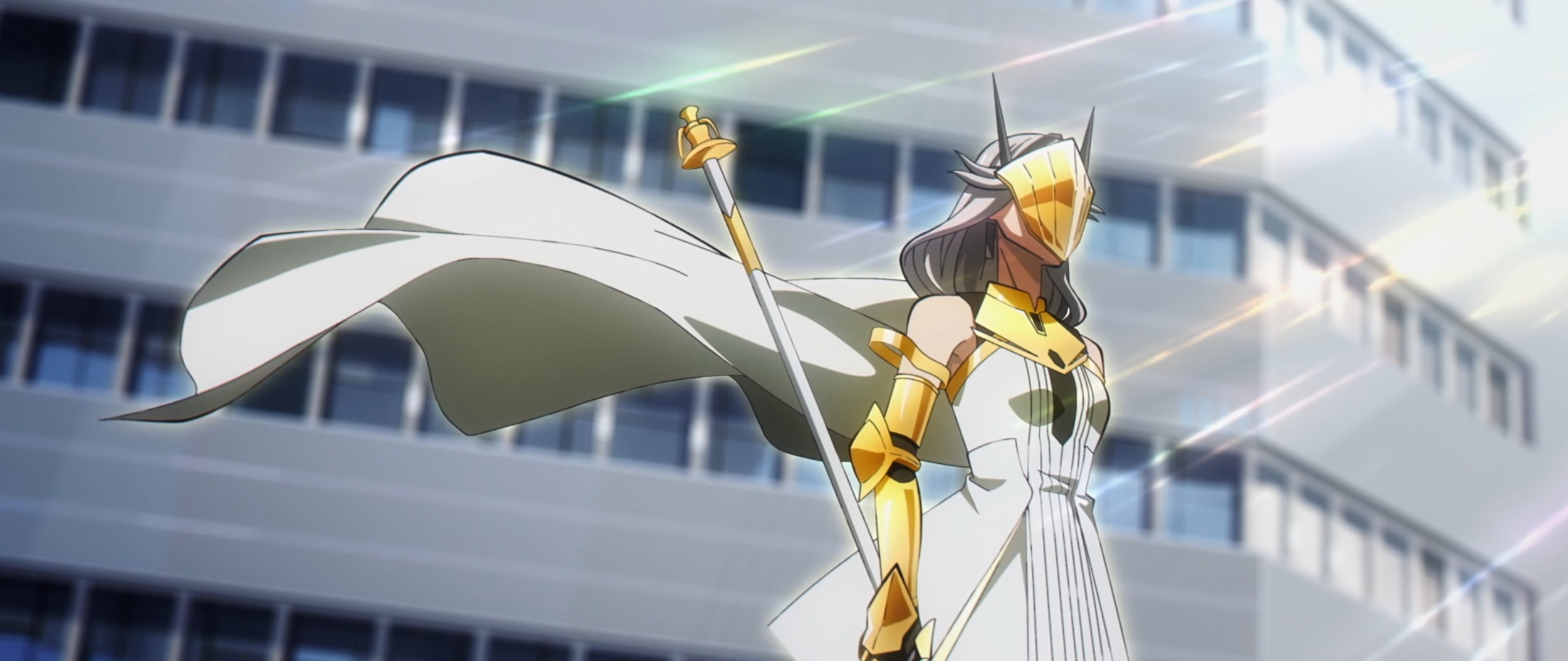
Jealousy is a scary thing. And jealousy between women is down right diabolical. As Queen faced off against a former heroine who wanted to bring her down at all cost.

A classic premise of human versus monsters that push one’s limit to the max. But can our hero overcome that limit, or succumb to the unending fires of war.

A must-watch episode to appreciate the vision of Khara. Machu, Nyaan, Shuji and Char Aznable sucked into a fight for the very fate…of the universe.

A new arc with a new heroine. The Queen set out on her path to the Throne, only to be stopped at the last minute.

We enter the final arc as the weapon of mass-destruction is activated. The terrifying power of the Zeknova unleashed by none other than Nyaan.

Cyan set out to clear her name after a bad rumor was spread about her. The young girl fought through it all to reach the person she cherish the most…

An action-filled romcom that takes place in the vast space, Vandread is a story about a society divided. For some obscure reasons, men and women are forced to live separately on different colonies, destined to never come into contact with each other. Until the day Hibiki Tokai, our teenage hormone-filled male, decided to steal a Vanguard – a mecha used for the gender war. He then got caught in an attack by female pirates and was forced to journey with them when they all got thrown through a wormhole and had to look for a…

Welcome to the Multiverse of Madness! GQuuuuuuX is pushing boundaries previously untouched in the franchise. With 2 characters from different timelines existing at the same time.
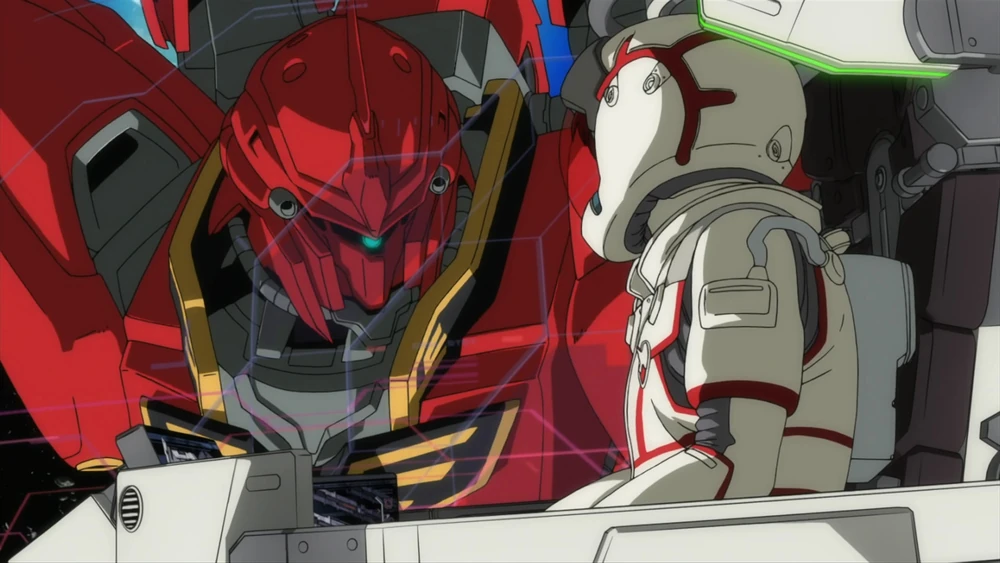
It’s the Red Comet (technically)! The lightning fast Sinanju carried itself as the spiritual successor of the legendary Char’s Zaku II, with its signature 3x the speed.
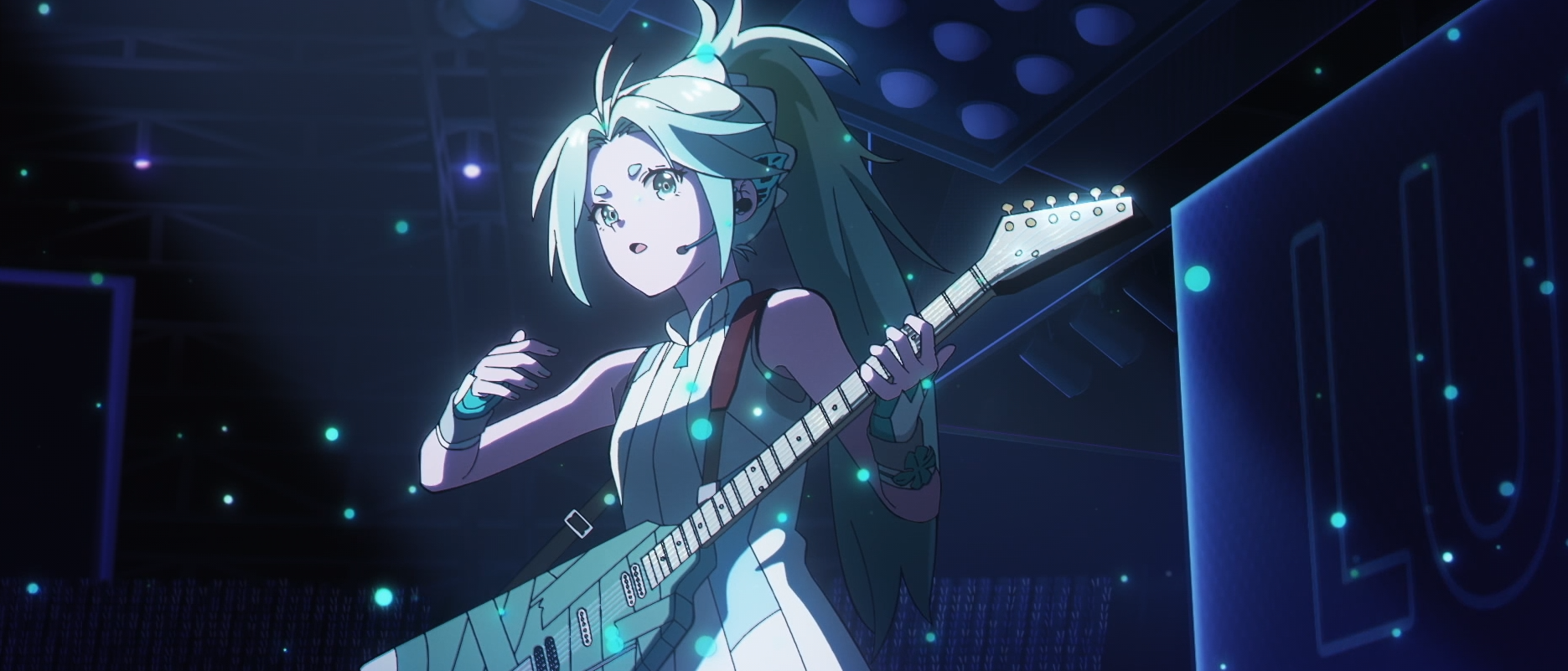
Cyan escaped the orphanage while Luo stuck behind. Their paths began to diverge, but it may collide again in a tragic manner.

Daimajū Gekitō: Hagane no Oni (大魔獣激闘 ~鋼の鬼~, Fierce Battle of Colossal Beasts: Steel Devil) is a 1987 Japanese original video animation directed by Toshiki Hirano, with a screenplay by Shō Aikawa. Mechanical designs were handled by Kōichi Ōhata, and Masami Ōbari served as animation director. The story follows Takuya, who visits a research facility to reconnect with an old friend, uncovering their shared involvement in a mysterious experiment conducted three years earlier, in 1984.

Another short flashback from the past that connect to the present. Nyaan was presented with a life that even she couldn’t dream of. But provided that she has to pilot another Gundam.

A new arc, a new hero…or rather, heroine. The story of Lucky Cyan started here. And we quickly find out why she is called “Lucky”.
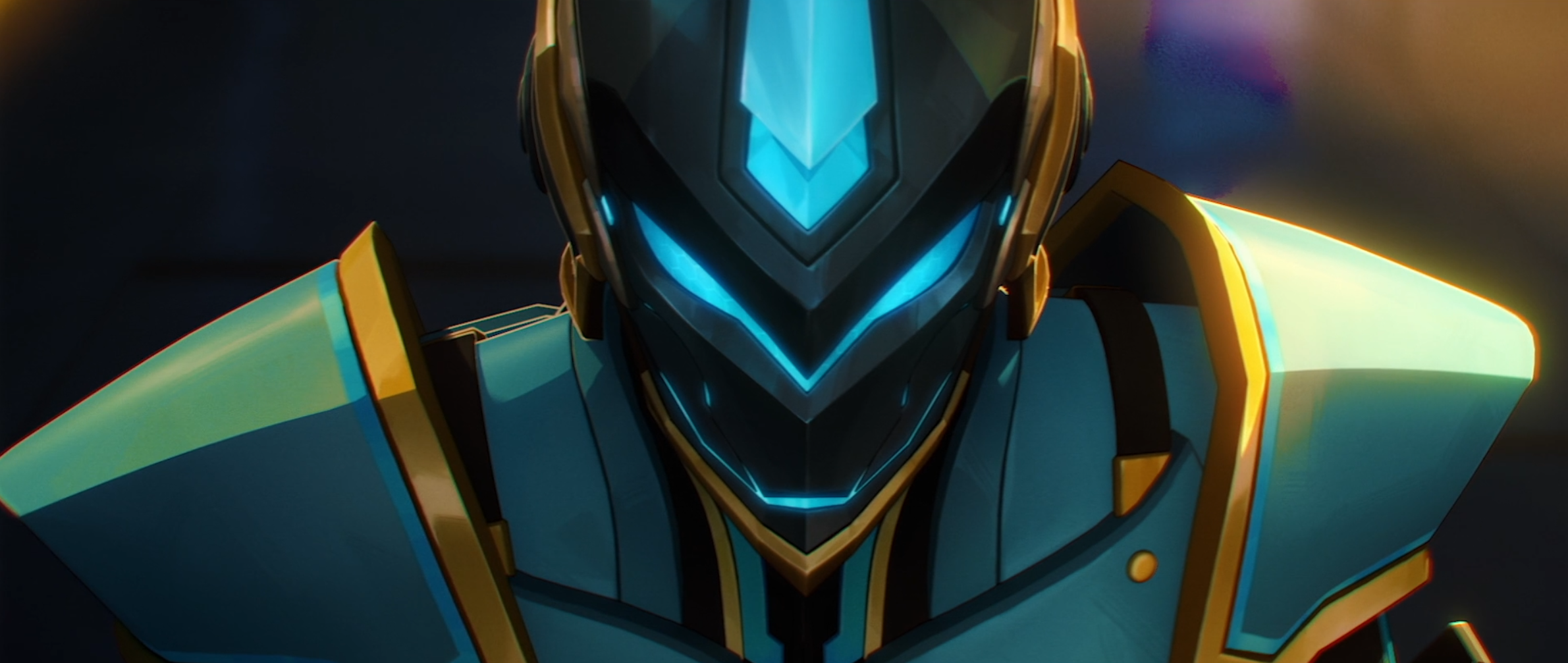
There is no turning back. Yang Cheng poured everything into revenge. A duel between E-Souls…but the mastermind actually is..?
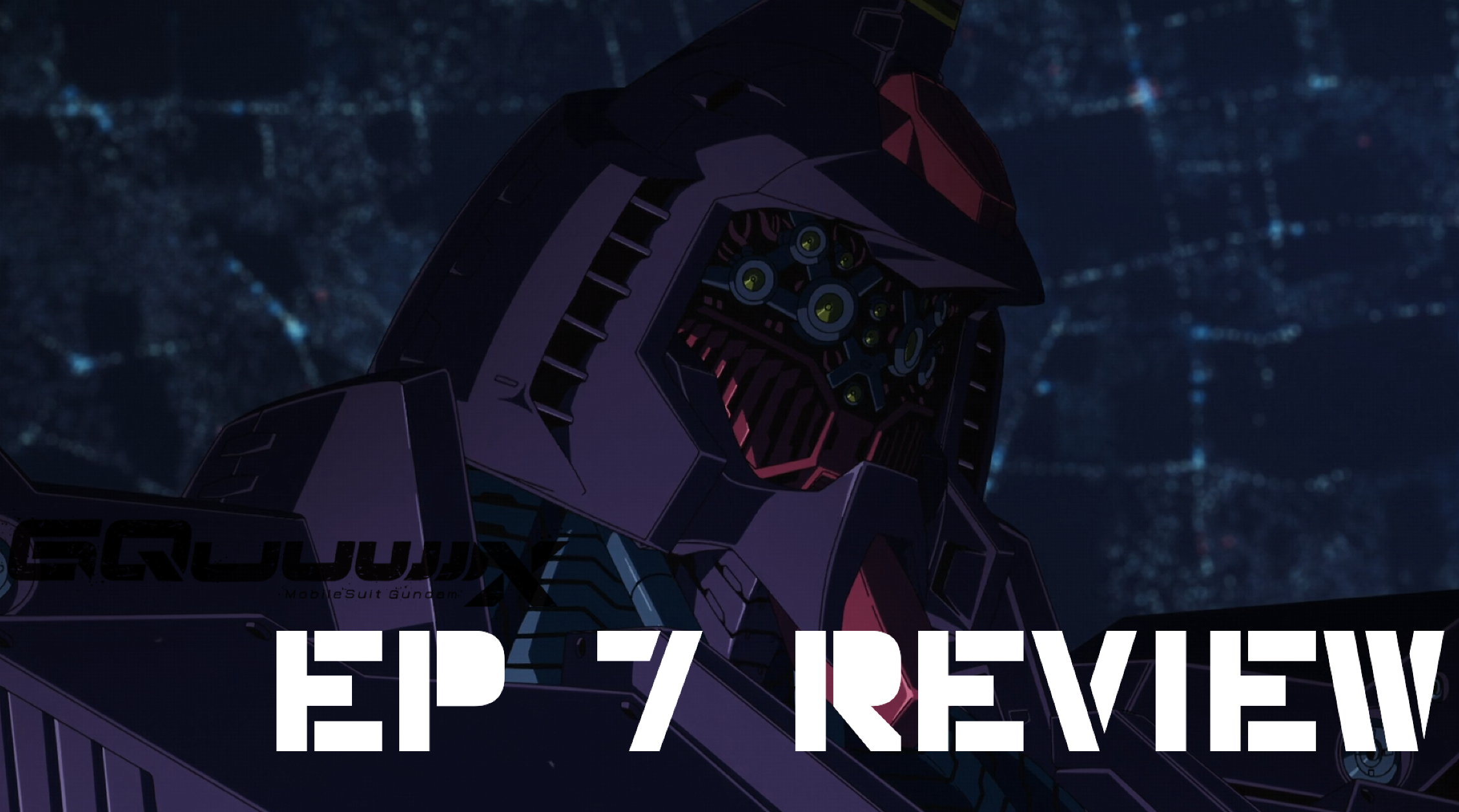
This episode changed the tone and course of the series drastically. What we expected turned out completely different. Machu and Nyaan’s fate has drifted far apart now.

Yang Cheng embarked on his hero journey while trying to overcome his weakness. However, the road to herodom isn’t as easy as one might think, and he may have to pay a hefty price…

Our little refugee join the fray at last. An exciting triangular dynamic form in this seemingly increasing violent journey. We also reunite with some people that we knew very well.
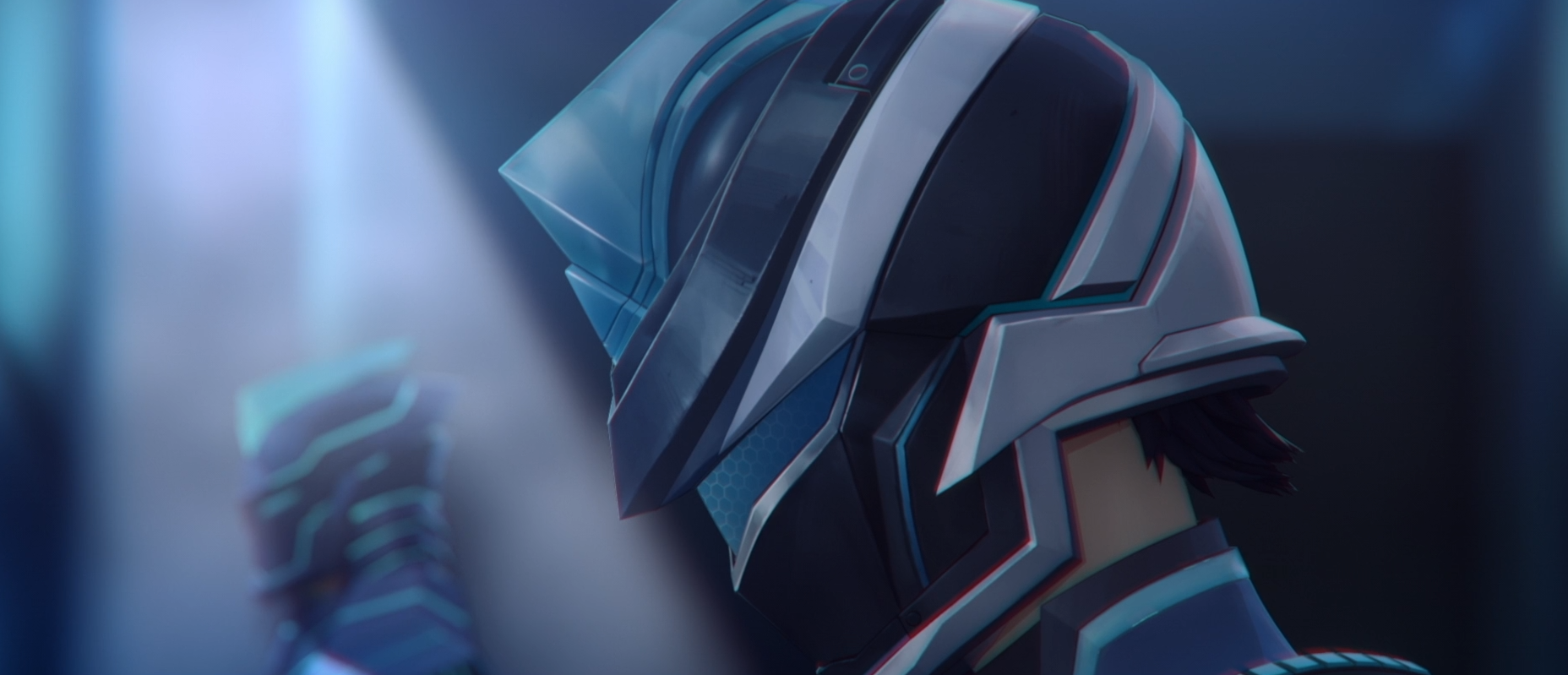
An electrifying episode as we’re introduced to a new hero: E-Soul. And we learn that the mantle of a hero can be inherited by many, as long as there are believers.
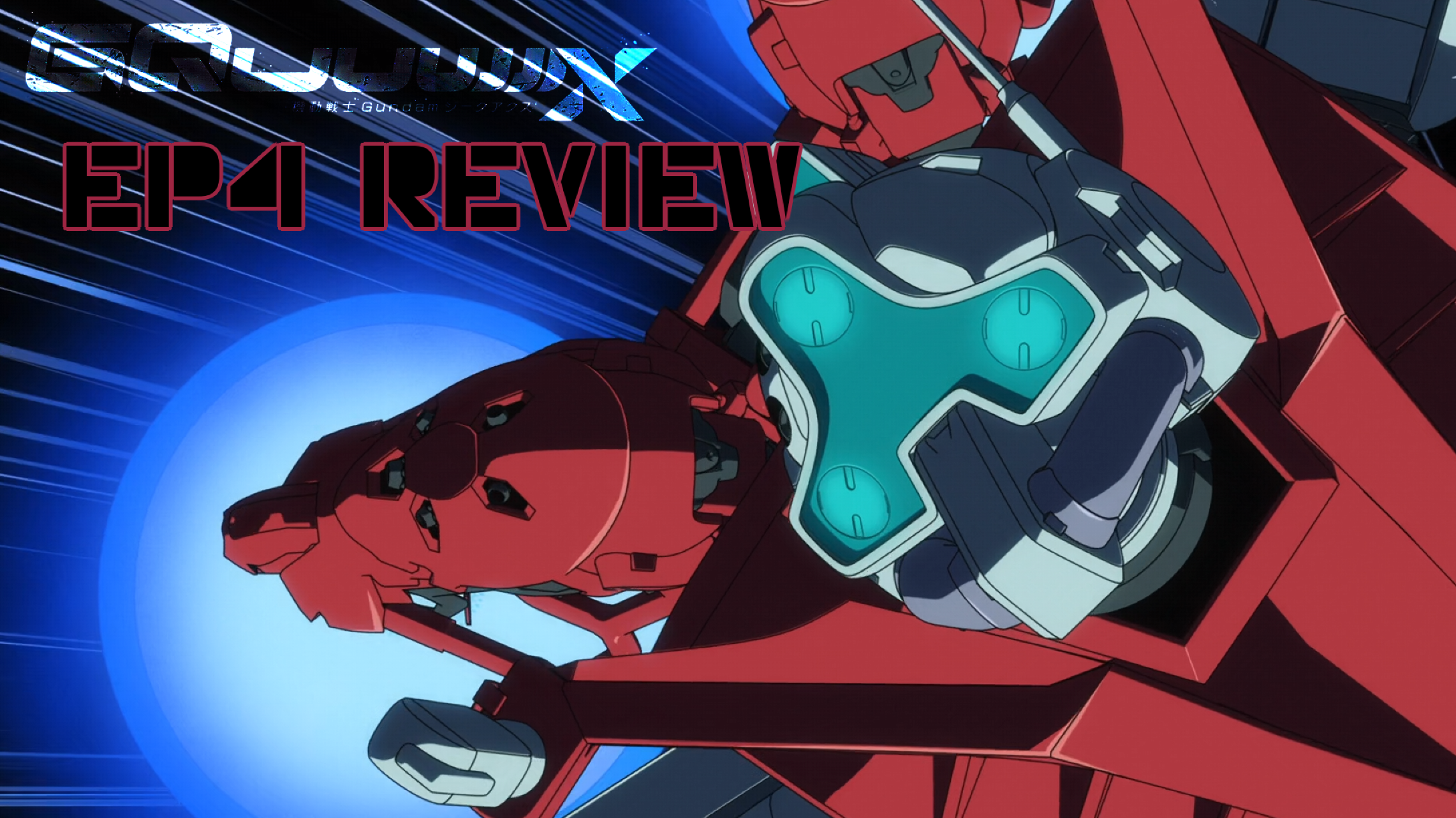
A brand new character introduced in this episode. A seemingly gentle woman who was captured by a phantom of war. An actual “Battle” begins!

This is not a story of a hero – but a normal person who found someone worth fighting for. Watch as the world turns!

We return to U.C 0085 as Machu join her first Clan Bat. Her Mav in the fight is the 3rd protagonist of the series: Shuji – the mysterious boy who pilot the Red Gundam.

When a hero has to adhere to the public’s standard, his life became not his own. A struggle between true heroism and representative valor clash in this episode.

Anno’s Shin OYW bring us a blast from the past as Khara recreated a lot of iconic moments from the 0079 series. However, the war take a drastic turn for Zeon.

More and more false facade being peeled off from the superhero world. However, there are still very real emotions in the people, including the villains.

A new hero saga begins! From zero to hero, can a normal guy wear the mantle of one of the top hero and play his part perfectly?
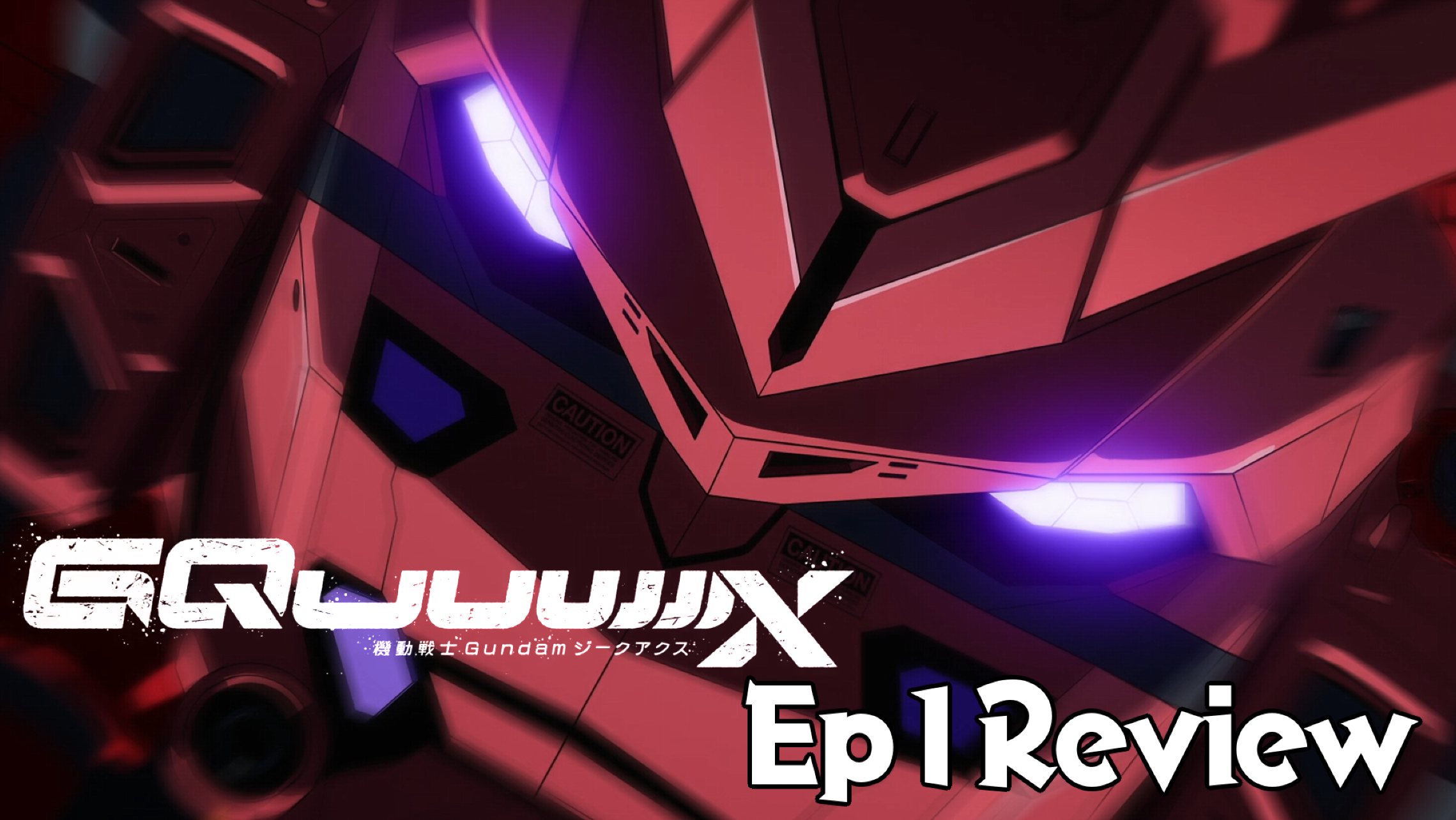
A new season start with a Gundam! A lot of exciting things happening in a universe built upon a classic one. Can this “Shin” Gundam grasp the fan’s heart?
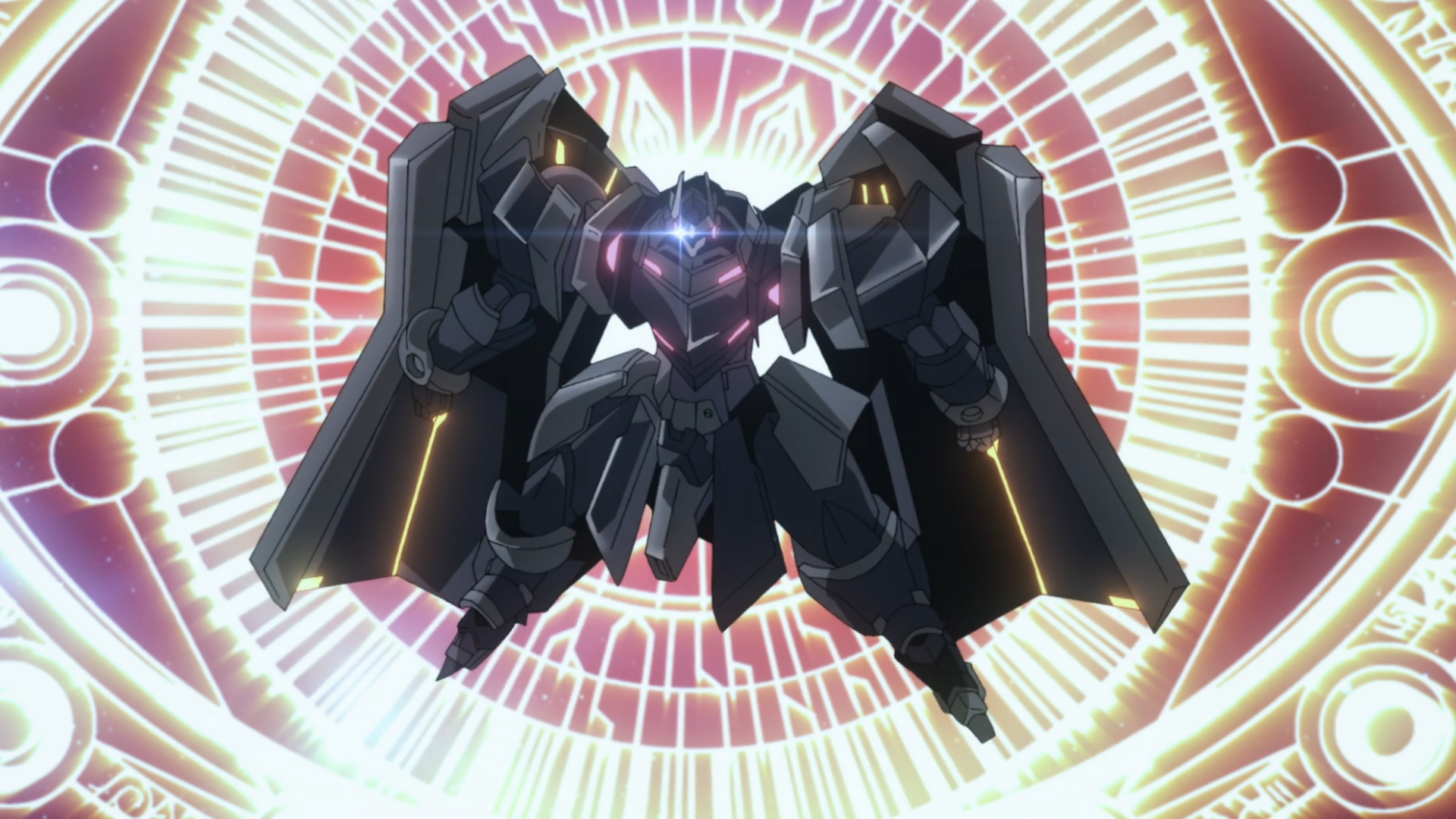
The new season give us another mecha isekai show. This time, the mc is still overpowered, but he isn’t so innocent as you might think.

Kizuna Black bring the beatdown as he overpowered everyone and everything. Can the party bring back Togo after witnessing his traumatic cry for help?
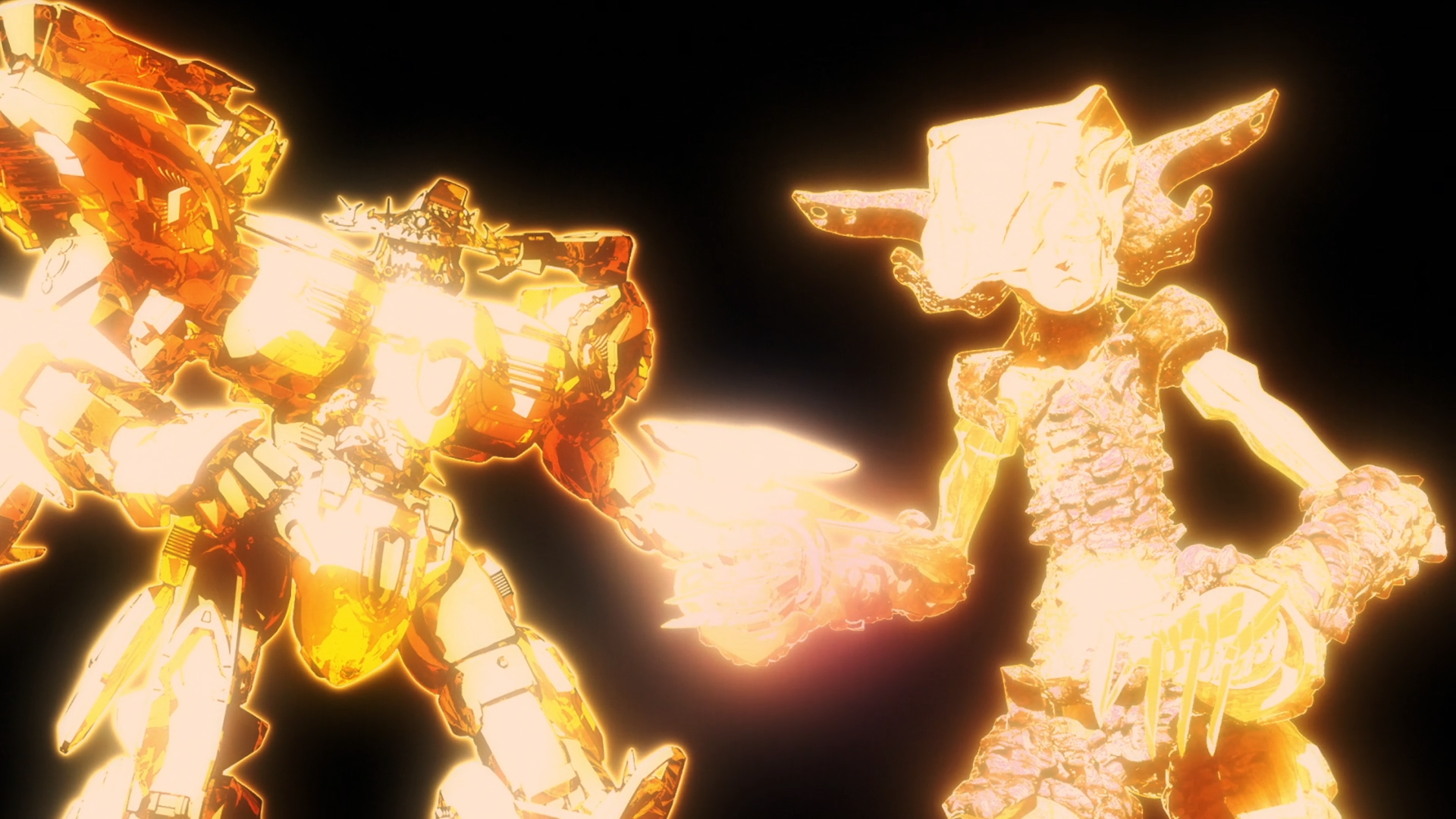
Ending on a low note is something Aquarion MoE can only dream of…A disappointing and empty ending for a series with too much going on for its own good.

A breakthrough discovered by Yidhra that grants Kizuna Kaisera new power. But the forces of evil seems to be unrelenting in their pursuit.
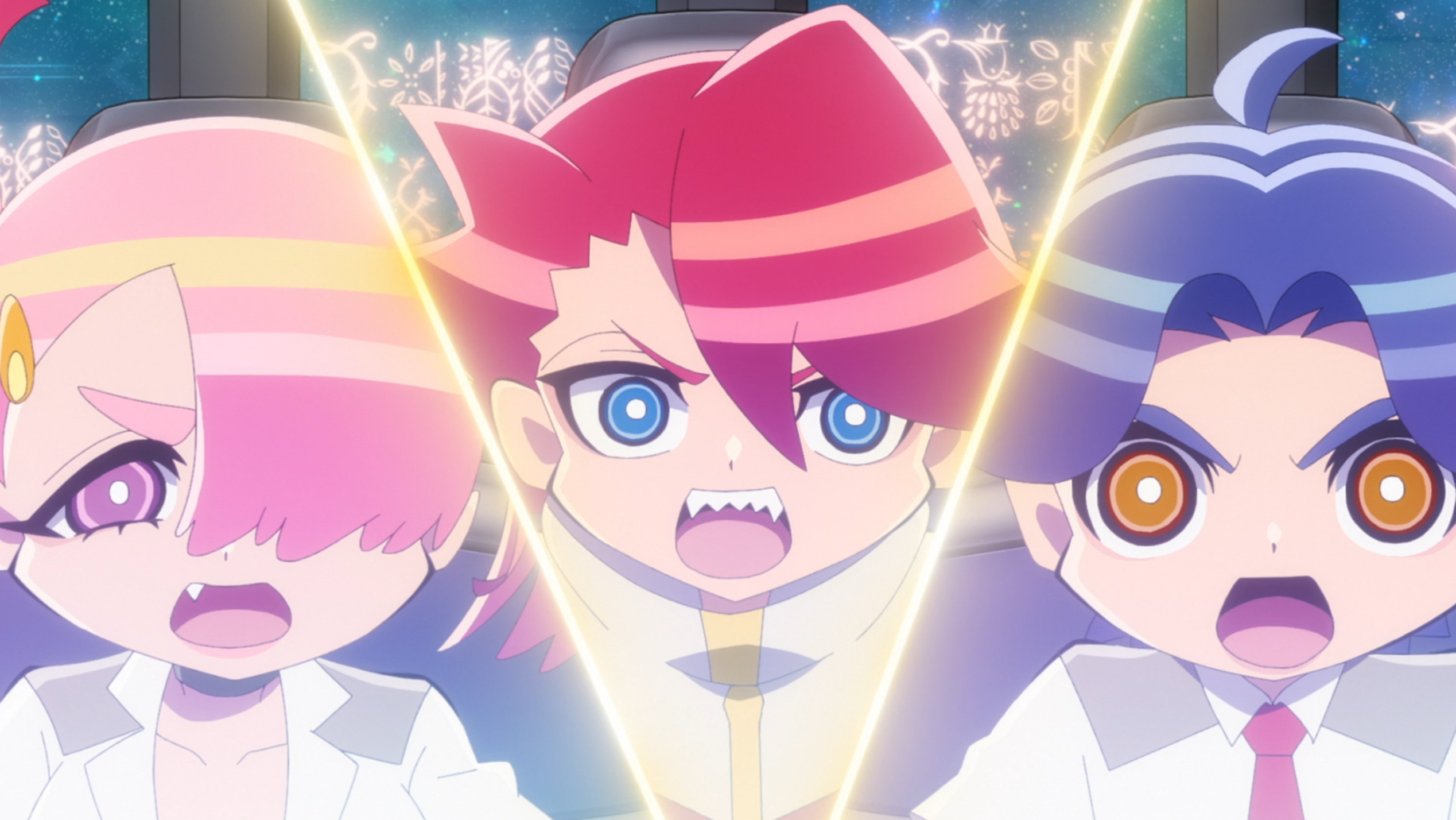
The finale is here…abruptly. Lots of exposition and plot rushes are happening, but not much mecha action. Can MoE finale really deliver?

Kamen Rider vs Super Sentai! Are we getting a Super Hero Taisen? Well, it’s just one of each – but it’s still very awesome.
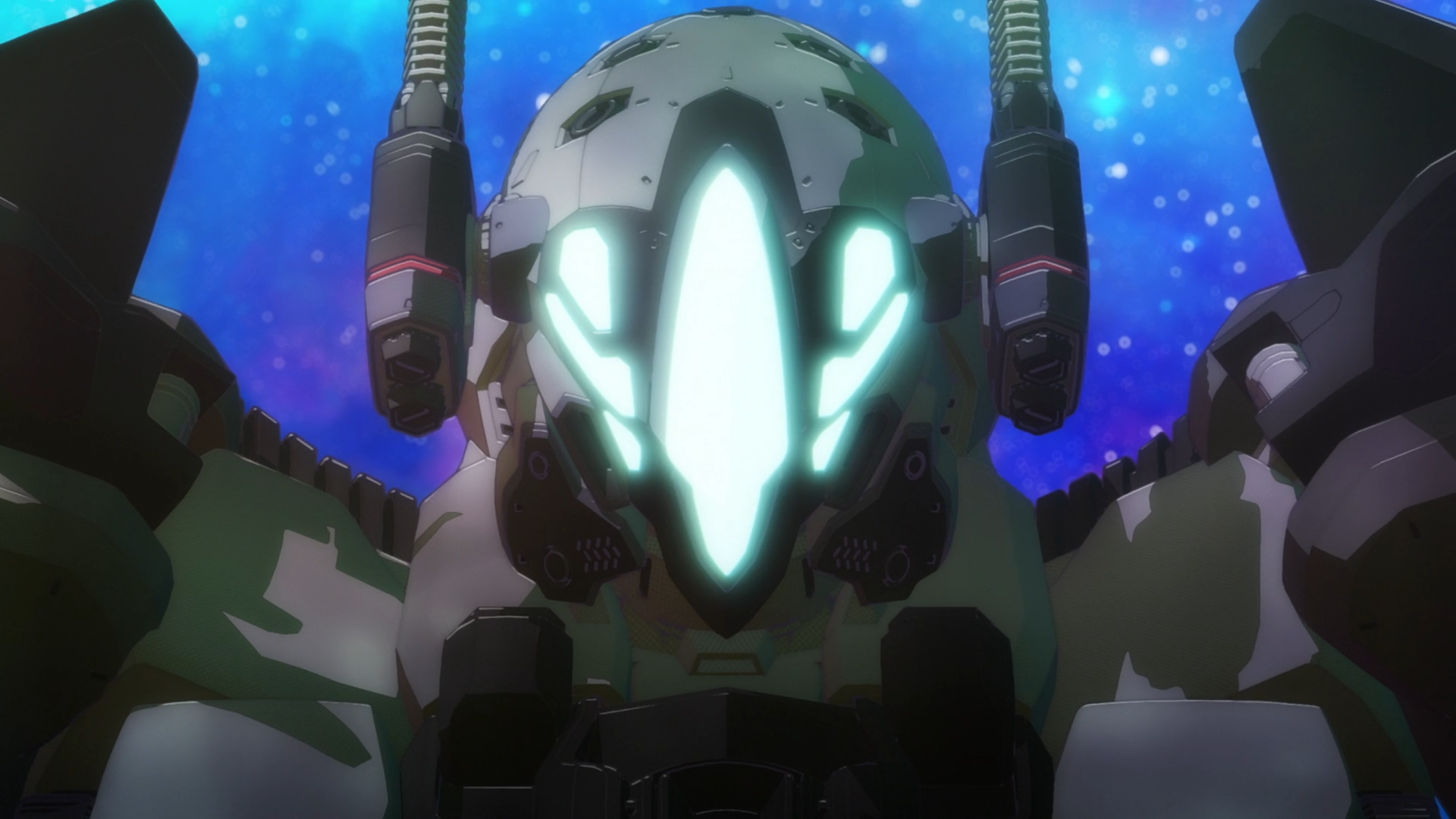
We finally enter the Mythic World – where emotions overflow and physicality is lacking. The clash between two world reveals a higher purpose of rebirth and rebel.
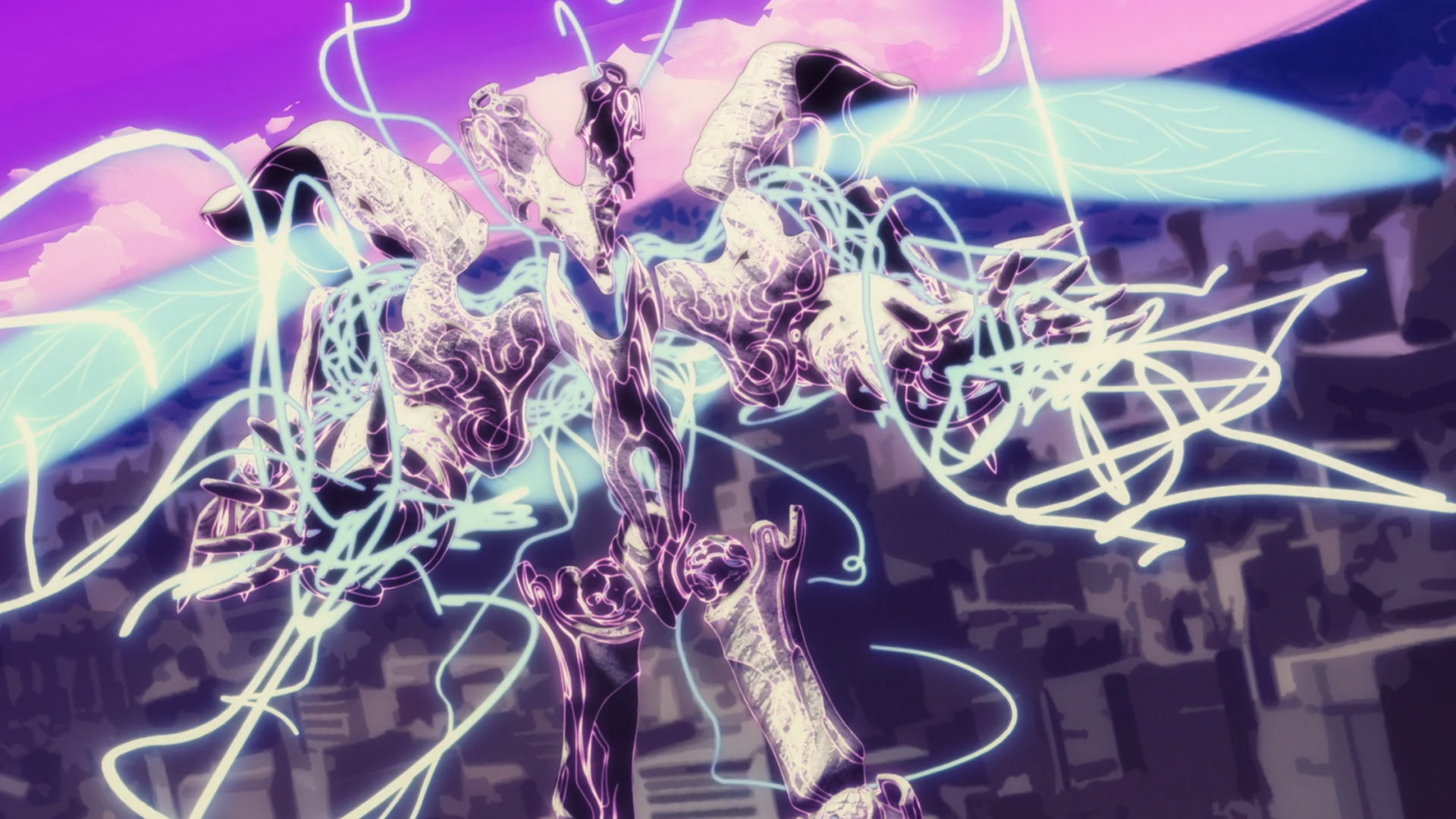
San’s true origin revealed. A greater scheme that involves the entire world is encroaching. And the Elements are struggling to fight off the Mythical Beast.

Cameos galore! An episode that explore Red’s past turn into a fanservice festival with an unexpected addition from Satelight themselves.

Kamen Ride, A-A-Amun. Another henshin hero has appeared! This time, a masked warrior among the burning sand.

Time to hunt! For love and for mecha parts! This episode bring us more about Eden, Ayako and Tim – with Hayate bringing the heat in his Gund…I mean mech suit.

More cryptic stuff coming from San in this episode, and even Sakko is starting to be manipulated by him. Furthermore, Hana seems to be unable to fight anymore.

An episode with a lot of Bansou Gattais >:P We take a break midseason to refocus the plot and pave the way forward to the next arc.

When someone loves you so much that they want to kill you. Contrary to predictions, Hana’s story might be even crazier than what we’ve thought.

A beautiful farewell to Ookuma and Qing Sun. An original series with writing this good will no doubt be a hidden gem of the year.
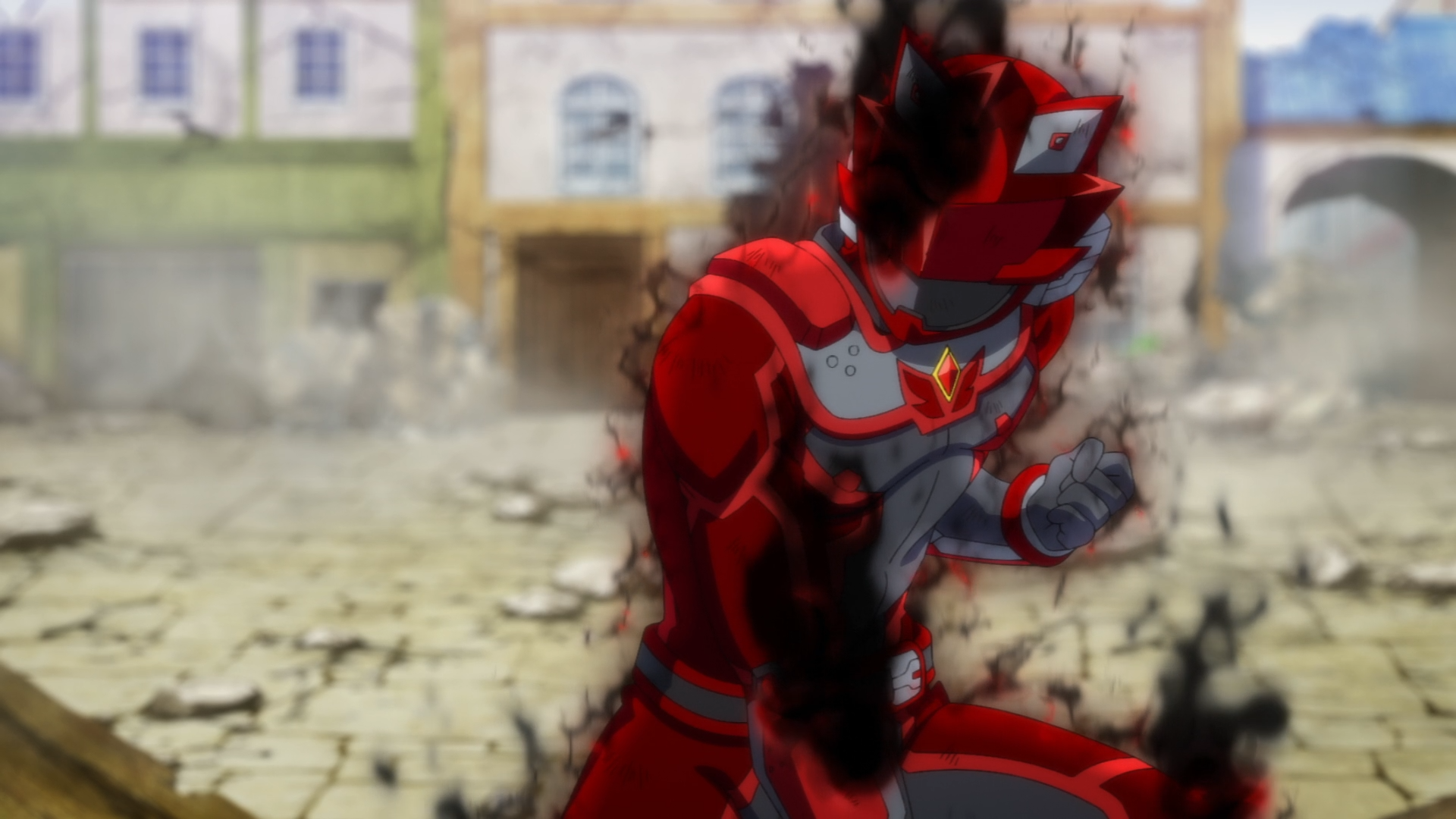
A more formidable threat appeared, so strong that it even caused Red to go full Hazard On. However, we are also getting a very powerful ally(?)

Double trouble! 2 new characters are introduced in this episode and they are already looking disastrous. The Birth of Hatred is here!

Lowji and Red’s conflict escalated as the team try to fight against the Lord. What is the meaning of “bond” to both of them? And can they set their differences aside to fight together?
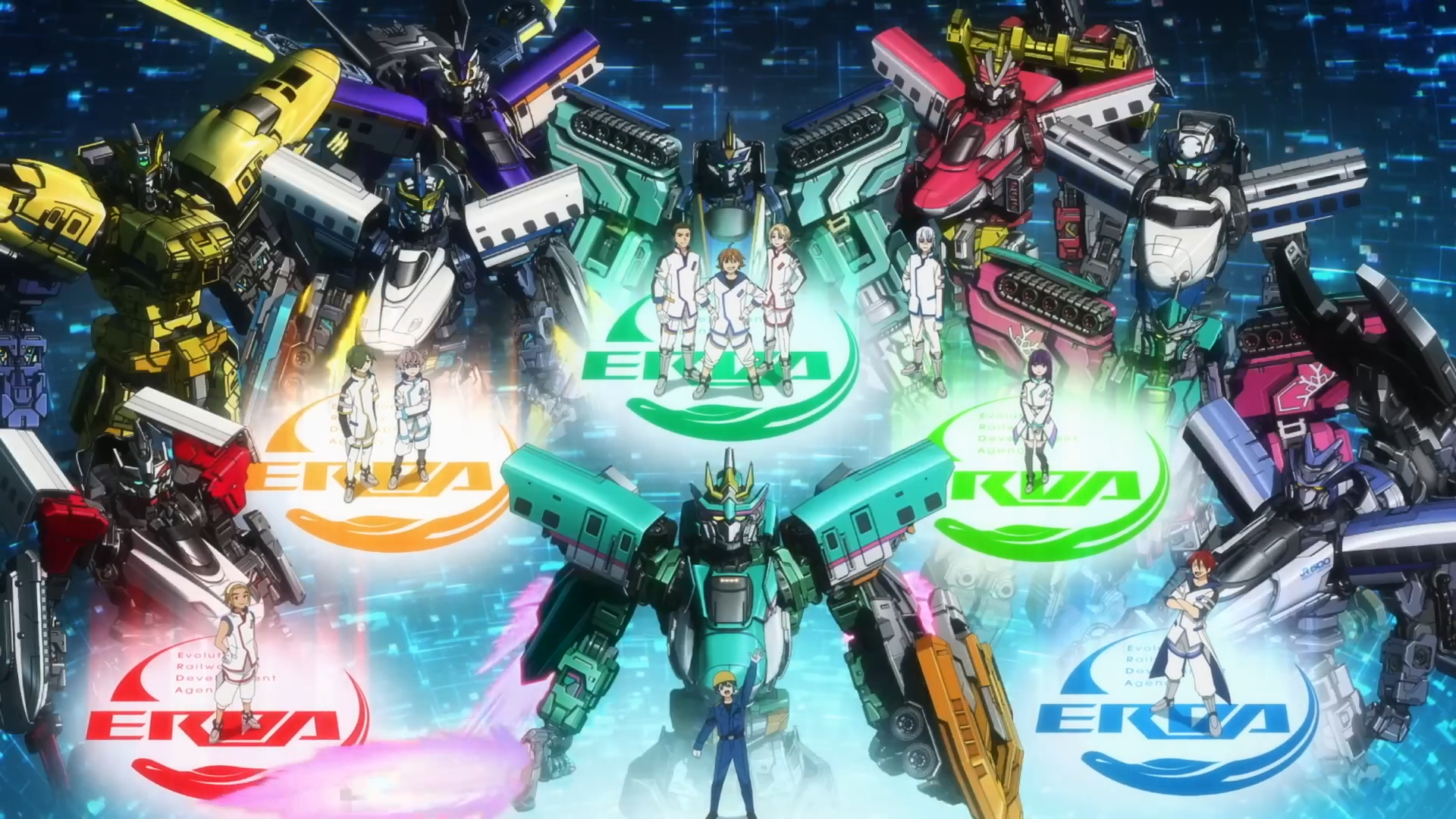
The final battle with all Drivers present, even an unexpected returner. The ending is quite a bittersweet one, which is something unique to Change The World.

Sweet genesis Alabama! Momohime and Rimiya – who were siblings in their previous lives – are developing their romance this ep? Surely this isn’t an Aquarion mindtrick?
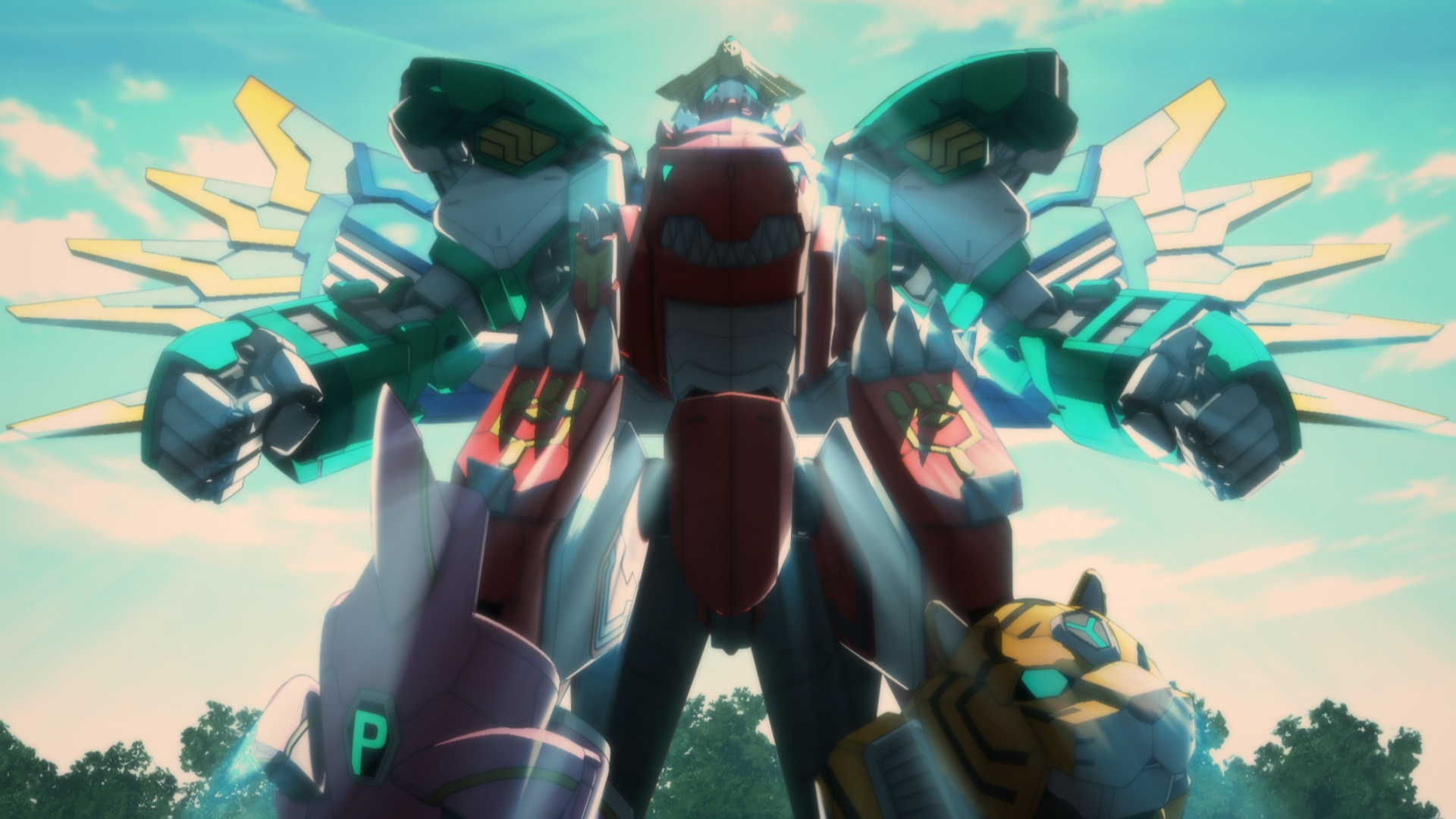
The party member doubles as a Princess and her Knight join the team. But not without a hot-blooded duel first. And of course, more Sentai shenanigans ensue.

Ringing Fate took us by surprise by hitting us with a extremely deep and emotional episode. Ookuma’s reason for challenging Qing Sun is revealed at last…
